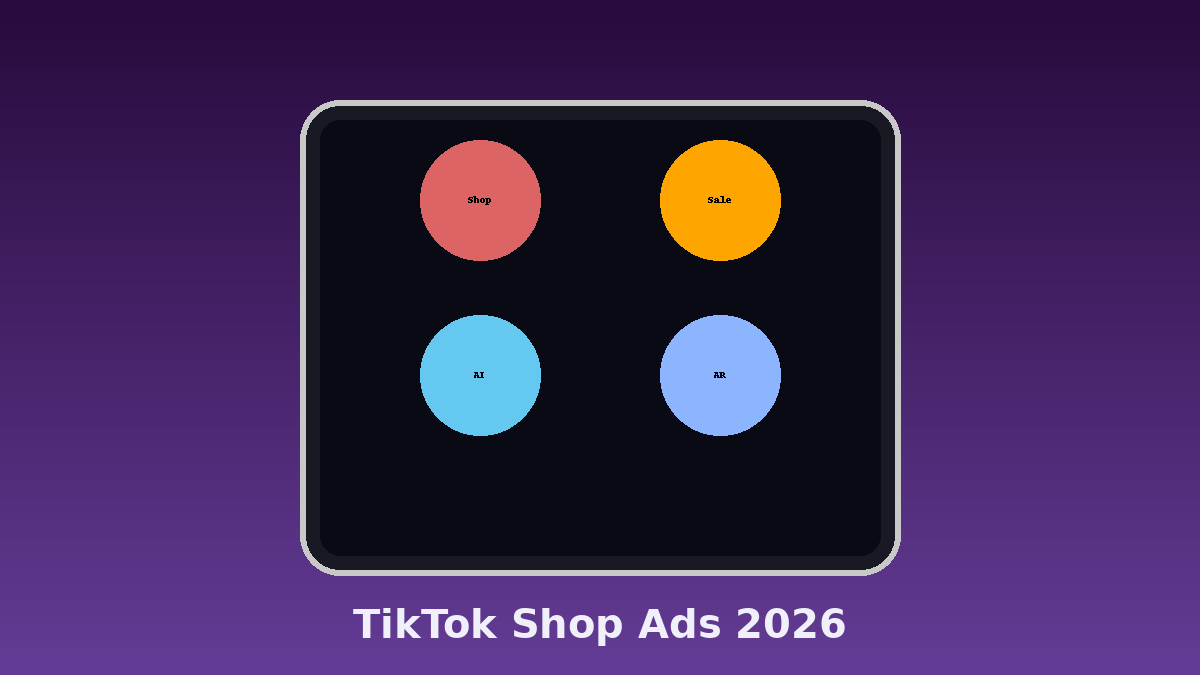How to Use AI to Create Viral Reels in 2026: A Step-by-Step Guide

Introduction
The social media landscape of 2026 looks nothing like the one we know today. Generative AI tools can storyboard an entire sequence, produce custom transitions and sound effects, and even suggest trending topics in real time. Augmented reality (AR) overlays and 3D video formats blur the line between the virtual and physical worlds. Meanwhile, audiences are becoming more niche; micro-communities within TikTok and Instagram have their own cultures, memes and expectations. At the same time, authenticity and relatability reign supreme—overly polished videos feel inauthentic, while raw, unpolished clips shot on a phone can amass millions of views. This guide breaks down how to use AI to create viral reels in 2026. We’ll walk through everything from researching the landscape and crafting a hook to using AI for editing, collaborating with micro‑influencers and optimising for social search. By following these steps, you’ll be ready to produce reels that not only go viral but also build a loyal community around your brand.
Step 1: Understand the 2026 landscape and your audience
Before you hit record, invest time in understanding what makes 2026 unique. AI-driven creativity and editing tools are everywhere; you can generate 3D scenes, automatically cut your videos, or clean up audio with one click. But technology isn’t the only change—micro‑communities are thriving. TikTok and Instagram have introduced interactive communities and group chats where niche interests flourish. Audiences expect content that speaks directly to them, not generic mass-appeal videos. Your first step is to research:
- Trends and technologies: Look at generative AI tools for planning and editing, AR overlays for immersive effects, and 3D reels.
- Audience insights: Identify your target micro‑community. Who are they? What type of humour, challenges or aesthetics do they enjoy?
- Authenticity cues: Study how creators showcase their real personalities—unfiltered moments, behind‑the‑scenes footage and candid storytelling all resonate.
- Search keywords: Use AI keyword tools to find search terms and hashtags your audience uses. Incorporate these into your plan from the start.
Step 2: Craft a scroll‑stopping hook
The first few seconds of your reel determine whether viewers keep watching. In an era of infinite scroll, you need to grab attention instantly:
- Ask a question or make a bold statement: Present a problem (“Ever wondered why your reels don’t get views?”) or tease a surprising result (“Watch me turn this simple idea into a viral hit”).
- Use trending audio: Pair your visual hook with a sound that’s currently popular. Audio trends change rapidly, so check TikTok’s or Instagram’s trending lists before posting.
- Show the payoff early: Hint at the result at the beginning of the video, like a before‑and‑after glimpse, to pique curiosity.
- Keep it tight: Aim for a hook within the first 3‑7 seconds; any longer and you risk losing viewers’ attention.
Step 3: Use AI tools for editing and production
AI isn’t just a buzzword—it’s your production assistant. Use it to elevate your content while saving time:
- AI storyboarding and scripting: Tools like generative storyboards can help you plan sequences, transitions and pacing, ensuring your reel has a clear narrative arc.
- Smart editing software: Apps now automatically cut clips to the beat, stabilise shaky footage, remove background noise and add captions. They can even generate voiceovers from text or translate your audio for multilingual audiences.
- AR overlays and generative effects: Experiment with AR stickers, filters and 3D objects that respond to your movements. These effects can transform a simple scene into something immersive.
- Maintain authenticity: Despite all the automation, leave in some imperfect or spontaneous moments—little laughs, outtakes and unexpected reactions—to keep your reel relatable.
Step 4: Collaborate with micro‑influencers and niche communities
In 2026, influence isn’t about follower count; it’s about connection. Micro‑influencers with 10K–100K followers often have deeper relationships with their audiences than mega‑celebrities:
- Find the right partners: Use AI-driven discovery tools to identify creators whose values and style align with your brand and who engage with the micro‑communities you want to reach.
- Co‑create content: Let influencers bring their ideas to the table. Encourage them to film reaction clips, product demos or behind‑the‑scenes looks using your AI-powered tools.
- Engage the community: Respond to comments on both your reel and the influencer’s posts. Host live sessions or AMAs (Ask Me Anything) to build deeper connections.
- Make it a series: Collaborations work best when they’re ongoing. Create multi‑part stories or challenges that keep audiences coming back for more.
Step 5: Optimise for social search and generative engines
Social platforms are becoming search engines in their own right, and generative AI assistants (like AI chatbots) can surface your content if it’s properly indexed. Optimise your reels for discovery:
- Use keyword‑rich captions: Write captions that describe the value of your reel and include relevant hashtags. Avoid keyword stuffing; make sure your copy reads naturally.
- Add alt text and transcripts: Alt text helps visually impaired users and generative search tools understand your video. Provide a transcript to improve accessibility and searchability.
- Participate in trends thoughtfully: When you use trending challenges or sounds, put your own spin on them. This balances search visibility with originality.
- Encourage engagement signals: Ask viewers to save, share and comment. These actions tell algorithms that your content is valuable, helping it appear in recommendations and search results.
Step 6: Manage distribution, testing and analytics
Going viral isn’t purely luck—it’s also about distribution and iteration. Treat your reels like any other marketing asset:
- Post at the right times: Study your analytics to see when your audience is most active. Scheduling tools can automatically publish your reels at peak engagement hours.
- Run A/B tests: Create different versions of your reel with variations in hooks, captions or thumbnails. Compare metrics to see what resonates.
- Monitor performance: Track watch time, completion rates, replays, shares and comments. Use AI analytics dashboards to identify patterns and opportunities.
- Cross‑promote strategically: Share your reels across platforms and embed them in blog posts or newsletters. Repurpose clips into teasers or stories to drive more traffic.
Conclusion
AI will fundamentally shape how reels are created and consumed by 2026. It will help you brainstorm ideas, edit footage, and personalise experiences at scale. But the key to going viral will still be human—understanding your audience, telling a compelling story and nurturing a community that wants to engage with you. Embrace emerging formats like AR overlays and 3D reels, collaborate with micro‑influencers to tap into niche communities, and optimise your content for social search so people can find it when they need it. Finally, let data guide you: use AI analytics to learn what works and refine your approach. By following this step‑by‑step guide and staying curious about new tools and trends, you’ll be well‑equipped to create reels that not only rack up views but also build lasting relationships with your audience. Ready to elevate your content? Explore SocialFansGeek’s AI‑powered growth tools to streamline your workflow and amplify your reach.

